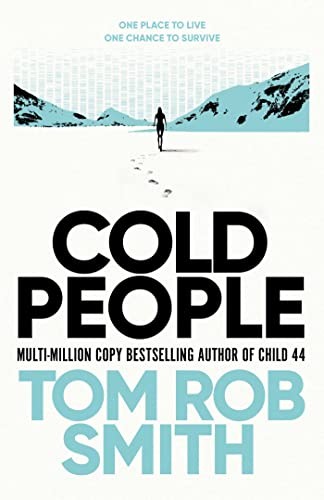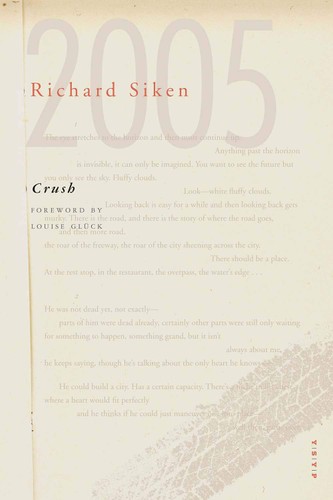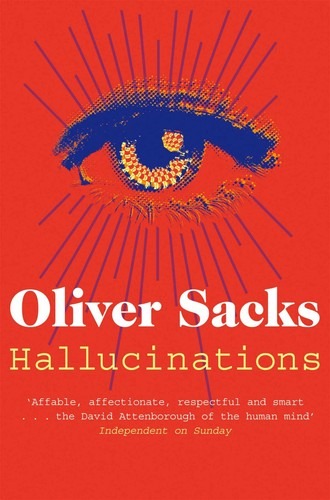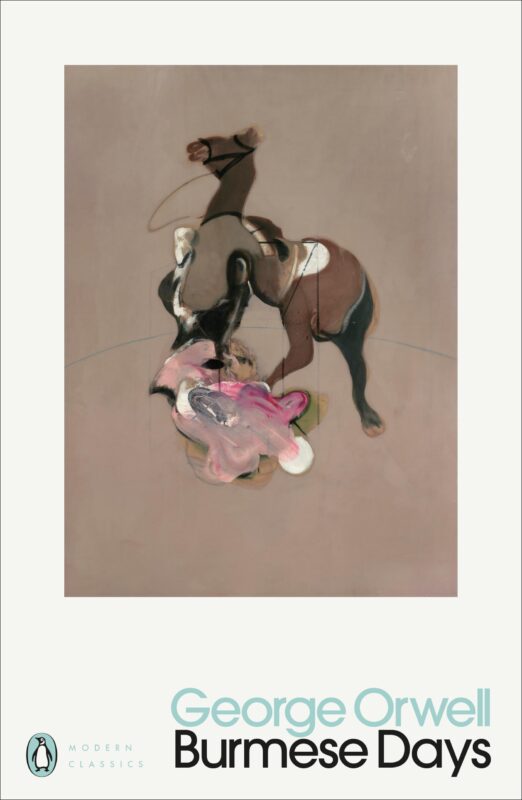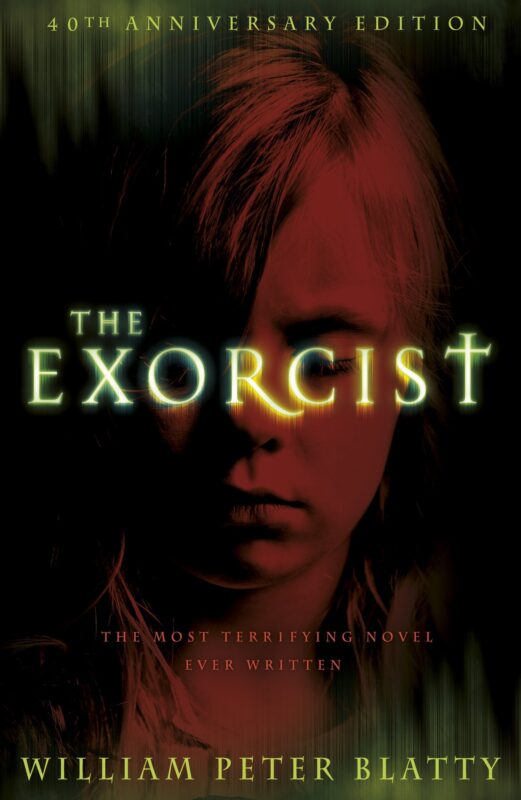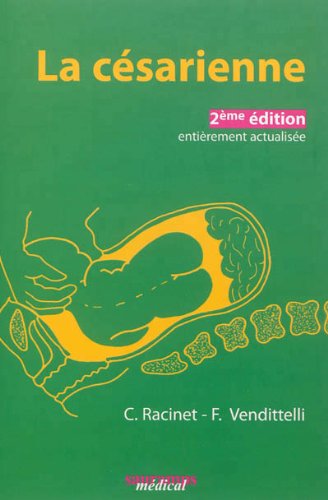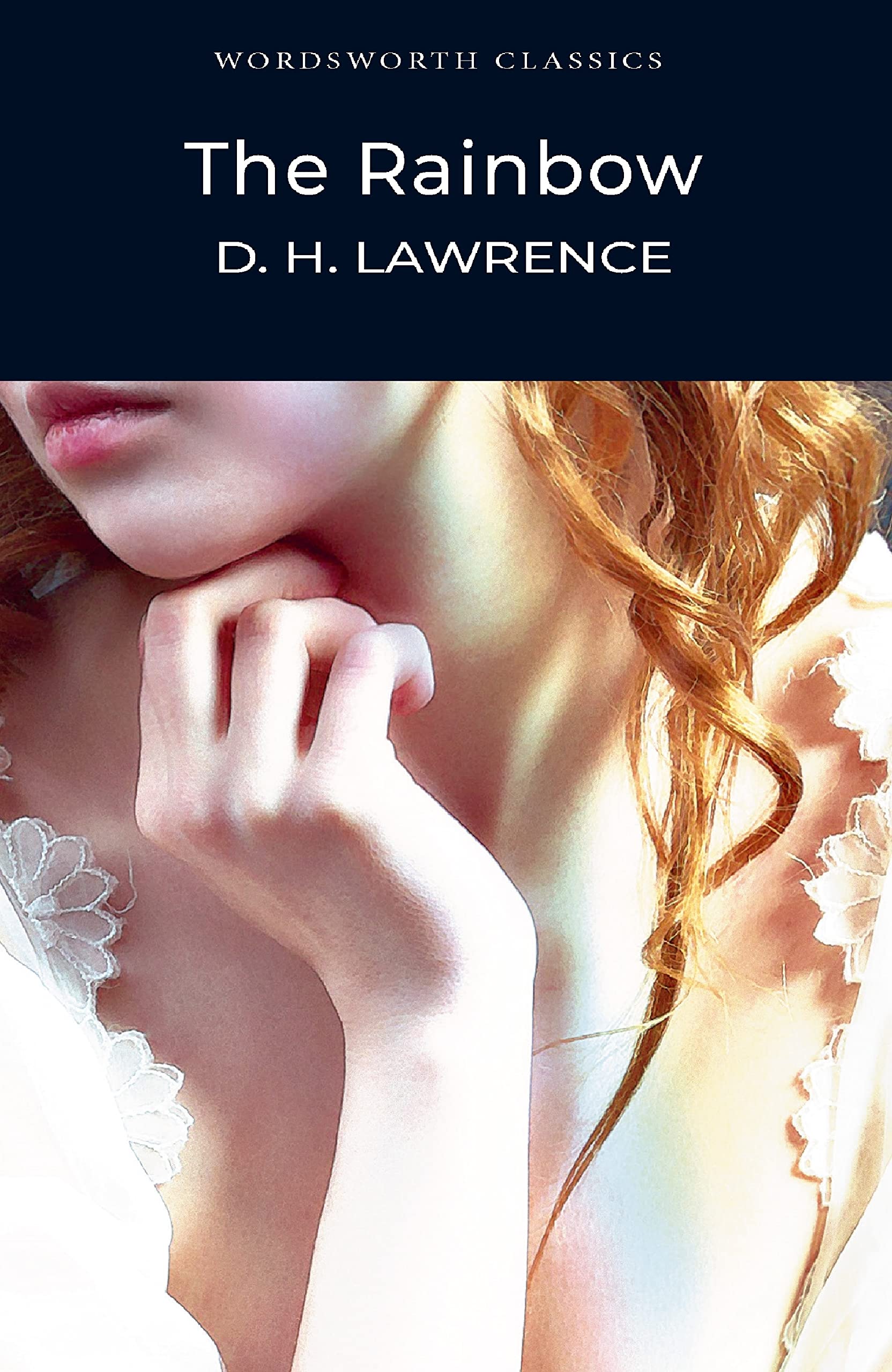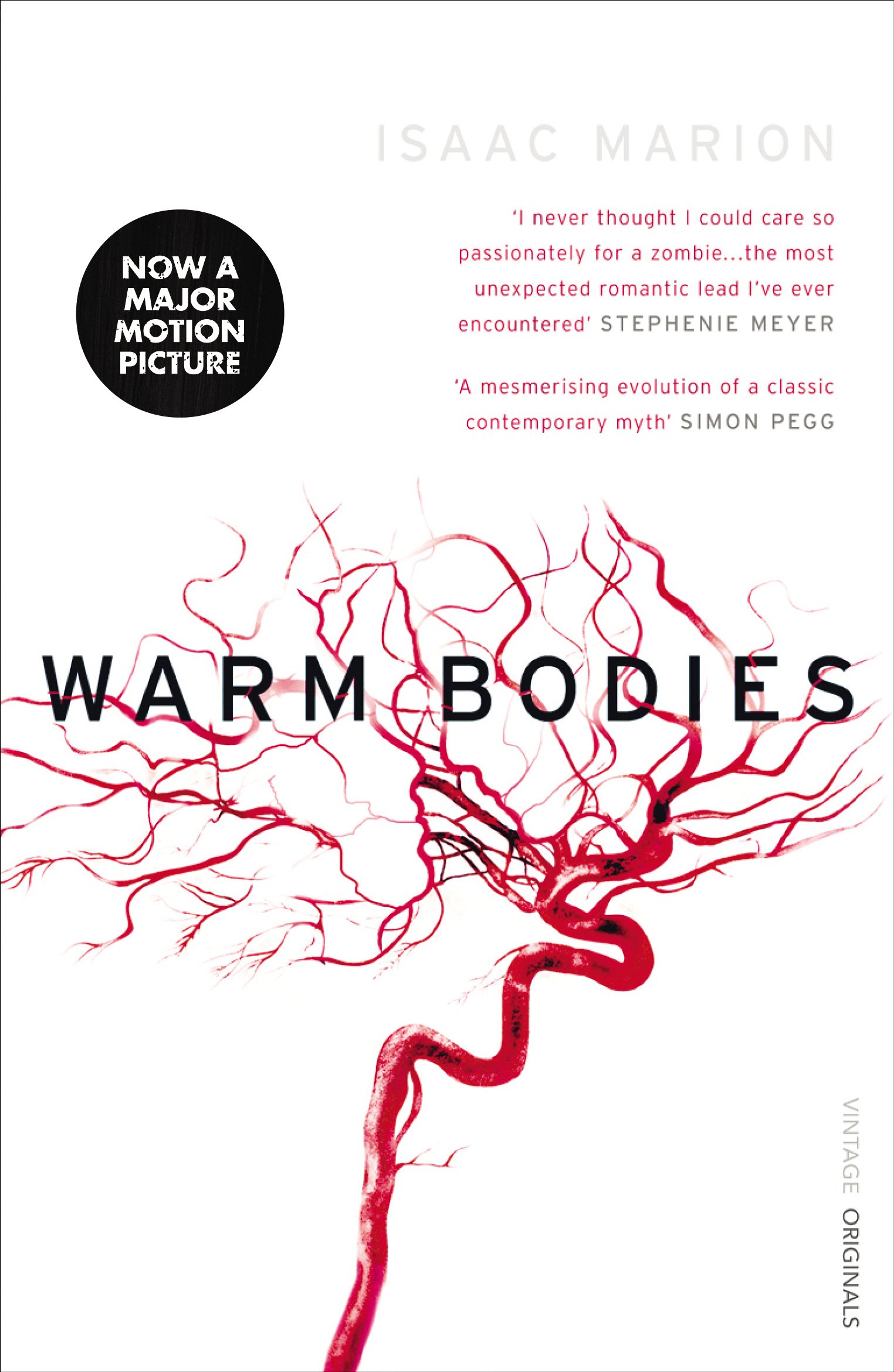Search Results for: exchange
Cold People: From the multi-million copy bestselling author of Child 44
From the bestselling author of Child 44, a virtuosic, highly-anticipated new novel about a colony of global apocalypse survivors trying to reinvent civilisation under the most extreme conditions imaginable.
The world has fallen. Without warning, a mysterious and omnipotent force has claimed the planet for their own. There are no negotiations, no demands, no reasons given for their actions. All they have is a message: humanity has thirty days to reach the one place on Earth where they will be allowed to exist . . . Antarctica.
Cold People follows the journeys of a handful of those who endure the frantic exodus to the most inhospitable environment on the planet. But their goal is not merely to survive the present. While they cling to life on the ice, the vestiges of their past swept away, they must also confront the most urgent of challenges: can they change and evolve rapidly enough to ensure humanity’s future? Can they build a new society in the cold?
Original and imaginative, as profoundly intimate as it is grand in scope, Cold People is a truly masterful epic.
The world has fallen. Without warning, a mysterious and omnipotent force has claimed the planet for their own. There are no negotiations, no demands, no reasons given for their actions. All they have is a message: humanity has thirty days to reach the one place on Earth where they will be allowed to exist . . . Antarctica.
Cold People follows the journeys of a handful of those who endure the frantic exodus to the most inhospitable environment on the planet. But their goal is not merely to survive the present. While they cling to life on the ice, the vestiges of their past swept away, they must also confront the most urgent of challenges: can they change and evolve rapidly enough to ensure humanity’s future? Can they build a new society in the cold?
Original and imaginative, as profoundly intimate as it is grand in scope, Cold People is a truly masterful epic.
Crush
Finalist for the 2005 National Book Critics Circle Award in Poetry—an erotic, powerful collection
“One of the best books of contemporary poetry.”—Victoria Chang, Huffington Post
“Vital, immediate, and cinematic in scope.”—Library Journal (Best Poetry of 2005)
Selected by Nobel Prize laureate and competition judge Louise Glück as the 2004 winner of the Yale Younger Poets prize, Richard Siken’s Crush is a powerful collection of poems driven by obsession and love. Siken writes with ferocity, and his reader hurtles unstoppably with him. His poetry is confessional, gay, savage, and charged with violent eroticism. In the world of American poetry, Siken's voice is striking.
In her introduction to the book, Glück hails the “cumulative, driving, apocalyptic power, [and] purgatorial recklessness” of Siken’s poems. She notes, “Books of this kind dream big. . . . They restore to poetry that sense of crucial moment and crucial utterance which may indeed be the great genius of the form.”
“One of the best books of contemporary poetry.”—Victoria Chang, Huffington Post
“Vital, immediate, and cinematic in scope.”—Library Journal (Best Poetry of 2005)
Selected by Nobel Prize laureate and competition judge Louise Glück as the 2004 winner of the Yale Younger Poets prize, Richard Siken’s Crush is a powerful collection of poems driven by obsession and love. Siken writes with ferocity, and his reader hurtles unstoppably with him. His poetry is confessional, gay, savage, and charged with violent eroticism. In the world of American poetry, Siken's voice is striking.
In her introduction to the book, Glück hails the “cumulative, driving, apocalyptic power, [and] purgatorial recklessness” of Siken’s poems. She notes, “Books of this kind dream big. . . . They restore to poetry that sense of crucial moment and crucial utterance which may indeed be the great genius of the form.”
Hallucinations
Have you ever seen something that wasn't really there? Heard someone call your name in an empty house? Sensed someone following you and turned around to find nothing? Hallucinations don't belong wholly to the insane. Much more commonly, they are linked to sensory deprivation, intoxication, illness, or injury. In some conditions, hallucinations can lead to religious epiphanies or even the feeling of leaving one's own body. Humans have always sought such life-changing visions, and for thousands of years have used hallucinogenic compounds to achieve them. In this book, with his usual elegance, curiosity, and compassion, Dr Sacks weaves together stories of his patients and of his own mind-altering experiences to illuminate what hallucinations tell us about the organization and structure of our brains, how they have influenced every culture's folklore and art, and why the potential for hallucination is present in us all, a vital part of the human condition.
Modern Classics Burmese Days (Penguin Modern Classics)
Based on his experiences as a policeman in Burma, George Orwell's first novel presents a devastating picture of British colonial rule. It describes corruption and imperial bigotry in a society where, 'after all, natives were natives - interesting, no doubt, but finally ... an inferior people'. When Flory, a white timber merchant, befriends Indian Dr Veraswami, he defies this orthodoxy. The doctor is in danger: U Po Kyin, a corrupt magistrate, is plotting his downfall. The only thing that can save him is membership of the all-white Club, and Flory can help. Flory's life is changed further by the arrival of beautiful Elizabeth Lackersteen from Paris, who offers an escape from loneliness and the 'lie' of colonial life. George Orwell's first novel, inspired by his experiences in the Indian Imperial Police in Burma, Burmese Days includes a new introduction by Emma Larkin in Penguin Modern Classics.
Exorcist
Father Damien Karras: 'Where is Regan?'Regan MacNeil: 'In here. With us.'The terror begins unobtrusively. Noises in the attic. In the child's room, an odd smell, the displacement of furniture, an icy chill. At first, easy explanations are offered. Then frightening changes begin to appear in eleven-year-old Regan. Medical tests fail to shed any light on her symptoms, but it is as if a different personality has invaded her body.Father Damien Karras, a Jesuit priest, is called in. Is it possible that a demonic presence has possessed the child? Exorcism seems to be the only answer...First published in 1971, The Exorcist became a literary phenomenon and inspired one of the most shocking films ever made. This edition, polished and expanded by the author, includes new dialogue, a new character and a chilling new extended scene, provides an unforgettable reading experience that has lost none of its power to shock and continues to thrill and terrify new readers.
One For My Enemy
In New York City where we lay our scene, two rival witch families fight to maintain control of their respective criminal ventures. On one side of the conflict are the Antonova sisters, each one beautiful, cunning, and ruthless, and their mother, the elusive supplier of premium intoxicants known only as Baba Yaga. On the other side, the influential Fedorov brothers serve their father, the crime boss known as Koschei the Deathless, whose community extortion ventures dominate the shadows of magical Manhattan.After twelve years of tenuous coexistence, a change in one family’s interests causes a rift in the existing stalemate. When bad blood brings both families to the precipice of disaster, fate intervenes with a chance encounter, and in the aftershocks of a resurrected conflict, everyone must choose a side. As each of the siblings struggles to stake their claim, fraying loyalties threaten to rot each side from the inside out.If, that is, the enmity between empires doesn’t destroy them first.
La césarienne : une approche fondée sur les faits
Réaliser un ouvrage sur la césarienne oblige donc à aborder un grand n ombre de domaines soit purement obstétricaux soit situés aux interface s d'autres disciplines, dont les acteurs sont réunis sous le terme gén érique de praticiens de la périnatalité, mais aussi de faire participe r les usagers à cette réflexion qui les concerne prioritairement. La question de l'utilité d'une nouvelle édition s'est posée. Certes la demi-vie des connaissances estimée à 10 ans en moyenne est largement dépassée depuis l'édition de 2002, justifiant a priori cette mise à jo ur; mais surtout le principe même de continuer la production de cette forme livresque de transmission des connaissances est très controversé : outre son coût non négligeable, il est considéré comme très rapideme nt obsolète. Nous avons pensé que l'avantage d'un livre est qu'il permet surtout un e iconographie plus riche que dans les articles habituels et qu'il est plus facilement accessible, tout en veillant soigneusement à la valid ation des informations délivrées par les données les plus récentes afi n de lui assurer une durée de vie acceptable. Au sommaire: Introduction méthodologique: conseils aux auteurs et lecteurs; La césa rienne: évolution de la pratique; Indications de la césarienne program mée; Bases anatomiques pour la césarienne; Anesthésie pour césarienne; Technique opératoire; Morbi-mortalité maternelle et césarienne; Le no uveau-né par césarienne; Implications psychologiques de la césarienne; Interventions non médicales visant à diminuer les césariennes non néc essaires; La sage-femme peut-elle réduire le taux de césarienne?; L'us ager et la césarienne. Échange, soutien et information autour de la na issance par césarienne; Implications médico-légales de la césarienne ( application à la paralysie cérébrale); Conclusion: quelle place pour l a césarienne?
RAINBOW, THE – WWC
The Rainbow by D. H. Lawrence. With an Introduction and Notes by Lionel Kelly, University of Reading In 1915, Lawrence's frank representation of sexuality in The Rainbow caused a furore and the novel was seized by the police and banned almost as soon as it was published. Today it is recognised as one of the classic English novels of the twentieth century. The Rainbow is about three generations of the Brangwen family of Nottinghamshire from the 1840s to the early years of the twentieth century. Within this framework Lawrence s essential concern is with the passional lives of his characters as he explores the pressures that determine their lives, using a religious symbolism in which the rainbow of the title is his unifying motif. His primary focus is on the individual's struggle to growth and fulfilment within marriage and changing social circumstances, a process shown to grow more difficult through the generations. Young Ursula Brangwen, whose story is continued in Women in Love, is finally the central figure in Lawrence's anatomy of the confining structures of English social life and the impact of industrialisation and urbanisation on the human psyche.
Warm Bodies
'I never thought I could care so passionately for a zombie...the most unexpected romantic lead I've ever encountered' Stephanie Meyer, author of Twilight. 'A mesmerising evolution of a classic contemporary myth' Simon Pegg. 'R' is a zombie. He has no name, no memories, and no pulse, but he has dreams. He is a little different from his fellow Dead. Amongst the ruins of an abandoned city, R meets a girl. Her name is Julie and she is the opposite of everything he knows - warm and bright and very much alive, she is a blast of colour in a dreary grey landscape. For reasons he can't understand, R chooses to save Julie instead of eating her, and a tense yet strangely tender relationship begins. This has never happened before. It breaks the rules and defies logic, but R is no longer content with life in the grave. He wants to breathe again, he wants to live, and Julie wants to help him. But their grim, rotting world won't be changed without a fight...
le mauvais génie – Nadjib Stambouli
Amine Djamoussi, employé modèle, mène une vie de couple sans histoire. Il traîne deux souvenirs, celui d’un indicateur des forces coloniales exécuté devant ses yeux d’enfant et celui, rangé dans les rêves inaccessibles mais jamais refoulés, d’une tenue de Zorro qu’il allait, au sortir de l’école, admirer dans une vitrine. Il aurait longtemps coulé des jours tranquilles dans une vie paisible, si un « mauvais génie », calfeutré derrière les bonnes intentions de l’ami Saadoune, ne s’était insidieusement introduit dans son cocon existentiel, avant de la pulvériser. En lui faisant miroiter les attraits d’une vie moins routinière, le comploteur multiplie les pièges et les manigances pour attirer Amine dans la spirale infernale de l’enrichissement illicite. L’un insiste, l’autre résiste : qui de la manipulation corruptrice ou de la résistance morale sortira victorieux ? Cet affrontement se fera sous le regard de Nanna Toma qui, de sa tombe, observe les changements opérés dans l’esprit d’un homme, mais aussi dans les rouages de toute la société.
